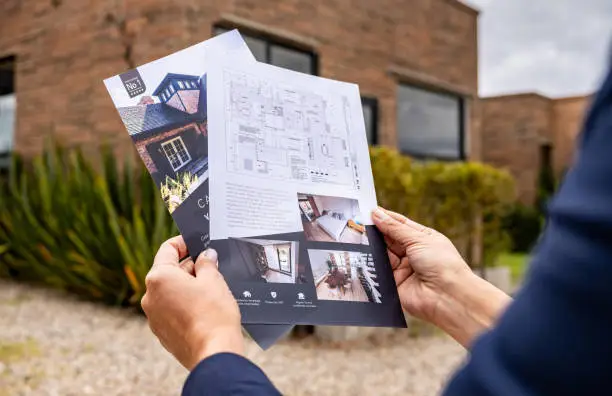A brochure is a powerful marketing and communication tool used to inform, advertise, or educate a target audience about a product, service, event, or cause. Whether it’s for a business, school project, or community campaign, writing a brochure requires a balance of clear messaging, attractive design, and relevant content. A well-crafted brochure can influence decisions, create interest, and leave a lasting impression. Here is how to write a brochure.
- Know the Purpose of Your Brochure
Before you begin writing, identify why you are creating the brochure. Is it to promote a business, introduce a new product, explain a service, or invite people to an event? Understanding your purpose helps you decide on the tone, content, and structure of the brochure.
For example:
- A tourism brochure should be engaging and descriptive.
- A product brochure should focus on benefits and features.
- An educational brochure should be informative and clear.
- Understand Your Target Audience
Think about who will read the brochure. Consider their age, interests, background, and needs. Tailor your language and message to appeal to them. If the audience is young and tech-savvy, you might use casual language and focus on digital features. If it’s for professionals, a more formal tone and detailed content may be appropriate.
- Organize the Structure of Your Brochure
Brochures are often folded into two or three panels. Common formats include:
- Bi-fold (4 pages): Like a booklet with a front, back, and two inside pages.
- Tri-fold (6 panels): Most common; folds into three parts, each acting like a mini page.
A typical brochure layout includes:
- Front panel: Eye-catching headline or title, logo, and a brief introduction.
- Inside panels: Main content – details about the product, service, or topic.
- Back panel: Contact information, a call to action, and possibly a short summary.
- Write Clear and Engaging Content
Keep your content simple, clear, and to the point. Use short paragraphs, bullet points, and subheadings to make information easy to scan. Focus on key points like:
- What the product/service/event is
- Why it’s useful or important
- How someone can benefit from it
- What action the reader should take next
Avoid overloading the brochure with too much information. Choose the most important details and phrase them in a way that draws interest.
- Use Persuasive Language and Call to Action
Your brochure should not only inform but also encourage the reader to take action. Use persuasive language to highlight benefits and end with a clear call to action such as:
- “Visit our website to learn more.”
- “Call us today for a free quote.”
- “Join us this weekend for the event!”
Also Read: How To Wash Puffer Jacket Without Ruining It
Email your news TIPS to Editor@Kahawatungu.com — this is our only official communication channel


